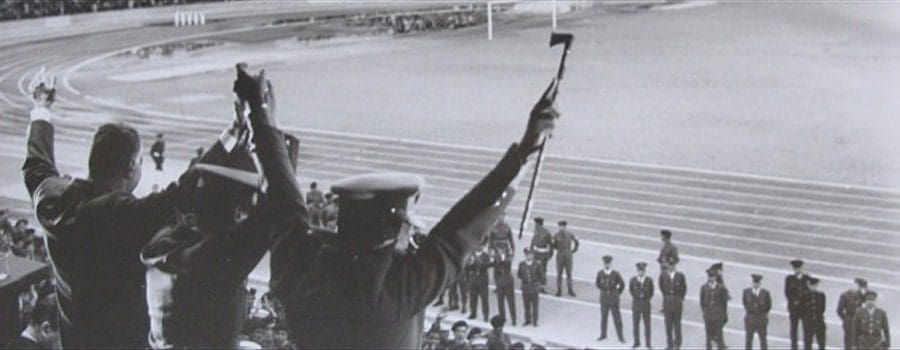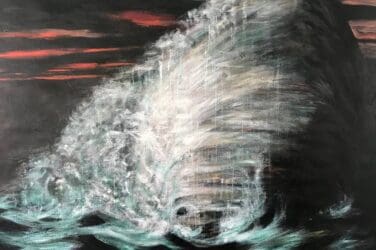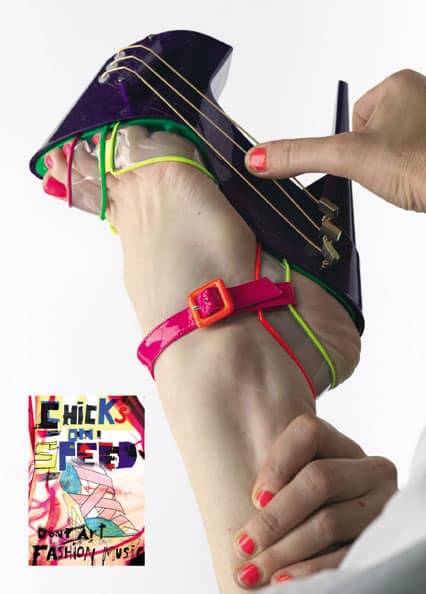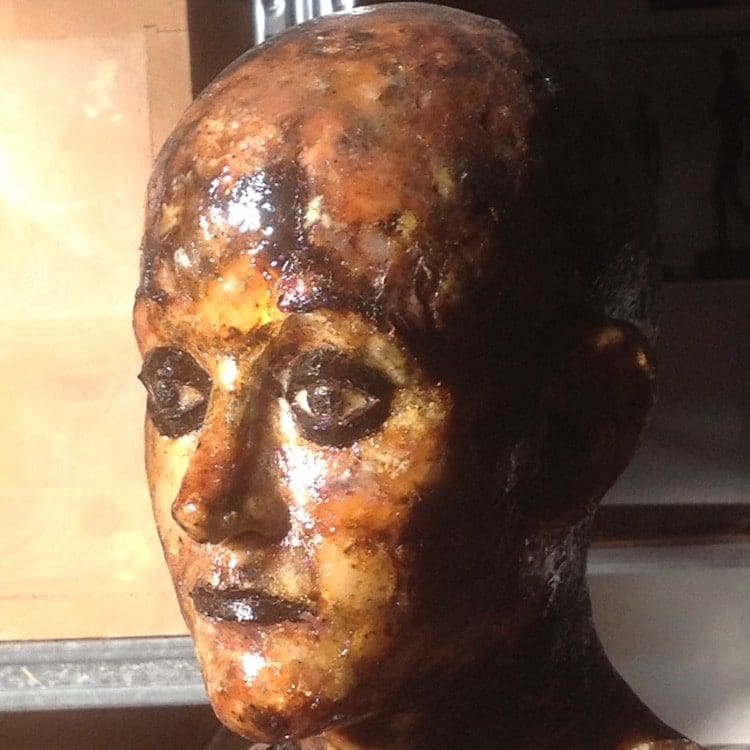Amtsalon Gallery Pop Up selects artist from galleries around the world to feature in each edition. The former district court of Charlottenburg in Berlin will once again be open to the public with presentations of twenty selected galleries for the fourth edition of Amtsalon.
The gallery Ebensperger has been selected for this latest edition. The gallery has a fascination with peculiar locations. Since 2013 its premises in Berlin are a historic crematorium in the district of Wedding on a cultural compound that is by now known as Silent Green. Here, the gallery has found an adaptable and congenial home for its fan-driven programme and for mounting exhibitions including the gallery’s core mediums film, site specific installations, painting and drawing. Ebensperger also maintains an off-space in Vienna. For the 4th Amtsalon in Berlin, Ebensperger will present works by Lea Draeger, Nika Fontaine and Christian Friedrich. The works of these three artists are all characterized by an in-depth examination of traditional power structures and the possibilities of breaking out of them.
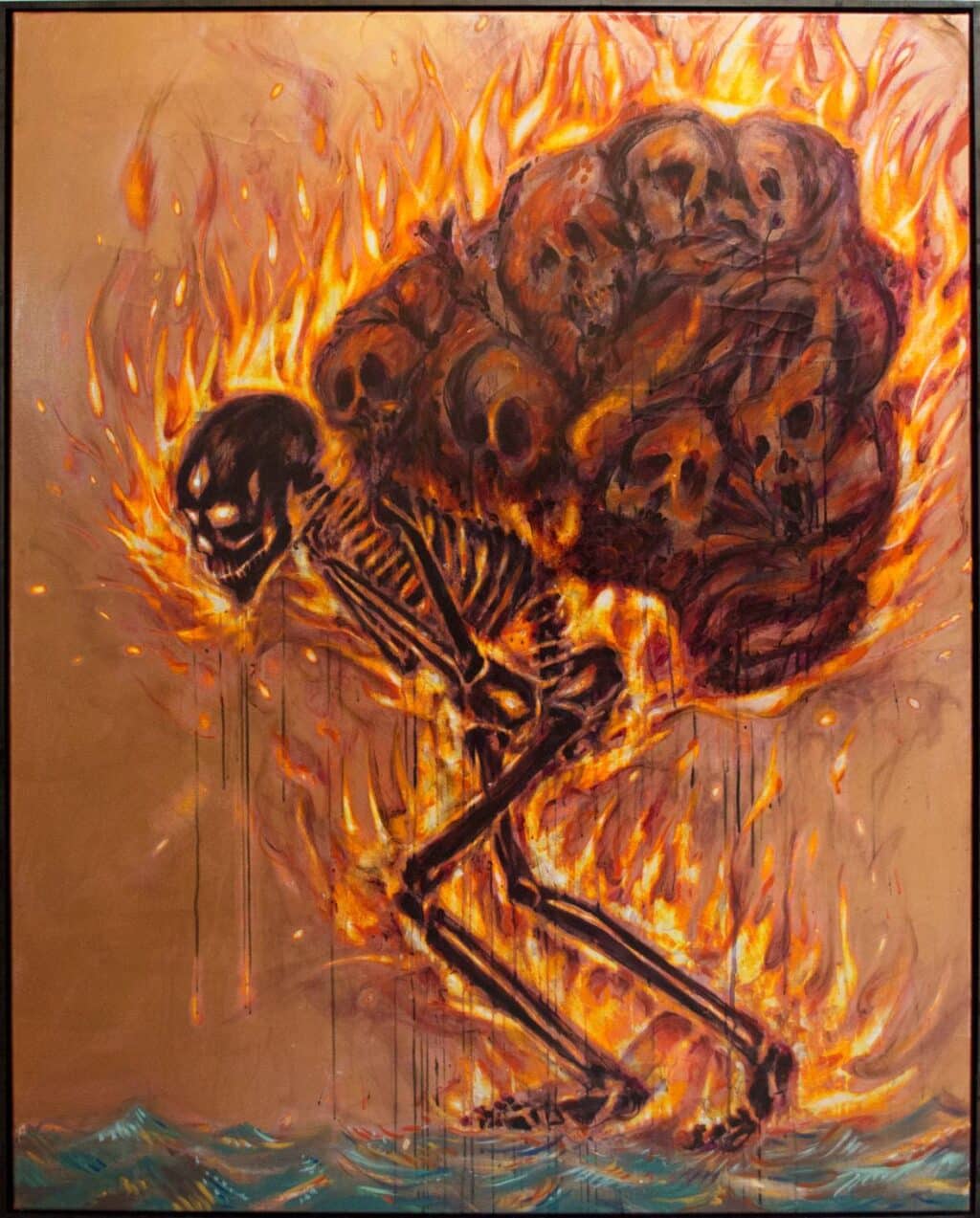
150 x 120 cm Courtesy the artist and Wildpalms, Düsseldorf
Nika Fontaine
A central element in the work of Nika Fontaine (*1985 in Montreal, Canada) is the examination of identity, spirituality, transformation and healing. In her paintings, sculptures and installations, we find references to outsider art, medieval imagery, Baroque paintings, sci-fi, horror, goth or rock music and contemporary culture. Experiences of spirituality and pop merge with an uncanny humor and a radical questioning of hierarchies in art history and society at large. For her „Calcination“ series, the artist draws on the idea of transmutation through spiritual burning. A process that appears to be a violent act of destruction, agony and purgation here becomes a symbol for personal renewal, the liberation of fears, limiting beliefs and ego driven behaviors.
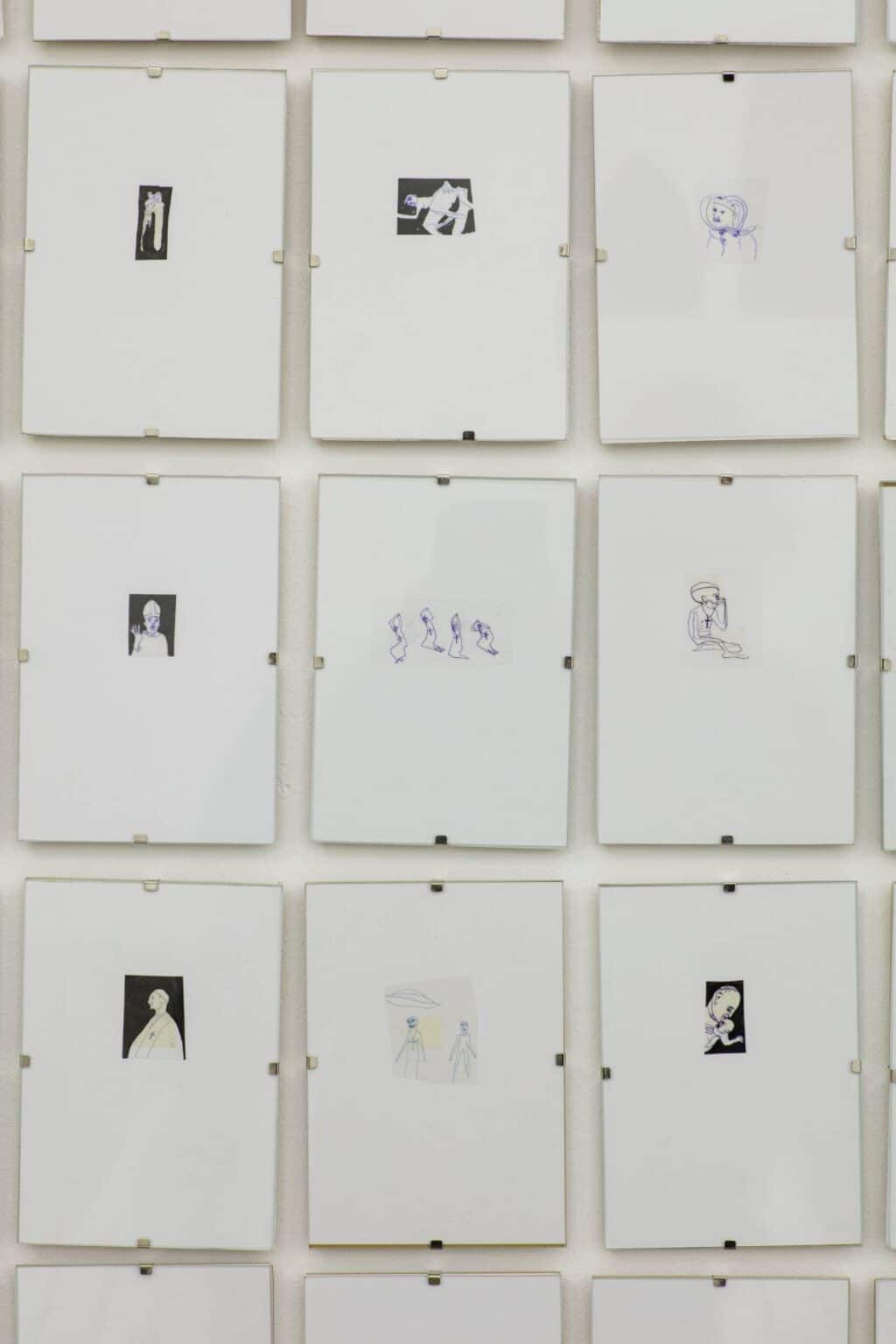
Photo: Ludger Paffrath
Lea Draeger
Draeger (*1980 in Münster, Germany) has been working on her series „Ökonomische Päpste und Päpstinnen“ since 2015. She understands it as a laboratory which examines patriarchal power relations and structures, handles their insignia and subverts them at the same time, playing with categories and identities while undermining them simultaneously. After the male popes, the female popes quickly appeared in this system, first in common female role models, they then began to resist them and finally broke away from them altogether. The system is always evolving and counteracting its own habits. The production path is clearly structured and processual, the themes follow the progression of time, are unpredictable, full of twists and turns and inexhaustible: Initially conceived as a series of “1000 economical popes”, more than 7,000 postage-stamp-sized portraits of Popes have been produced to date.
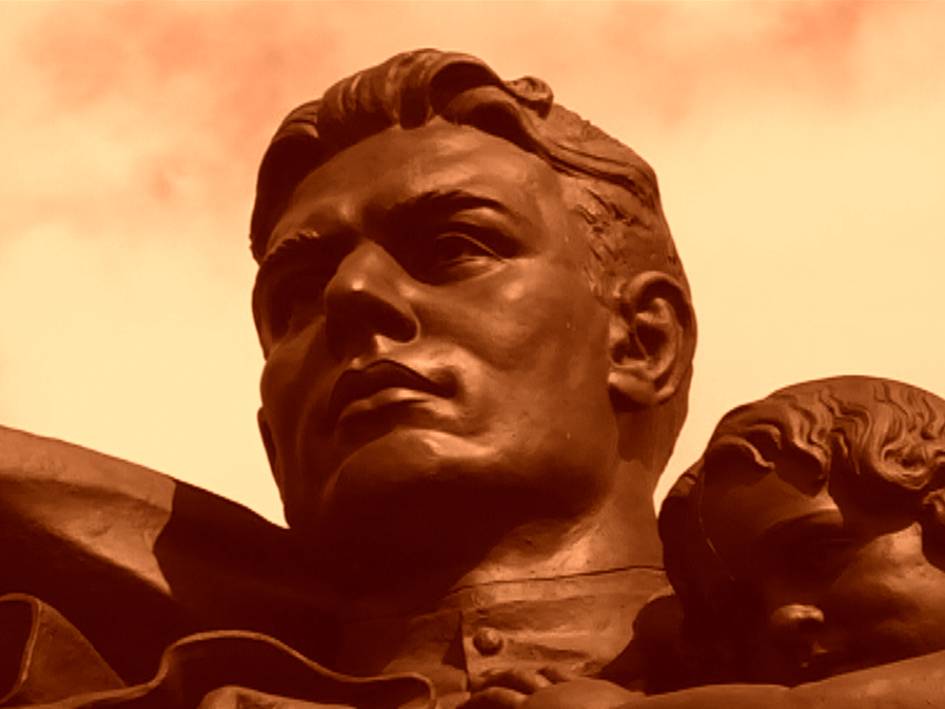
SD video, color, mute, continuous play 15:22 min
Courtesy the artist
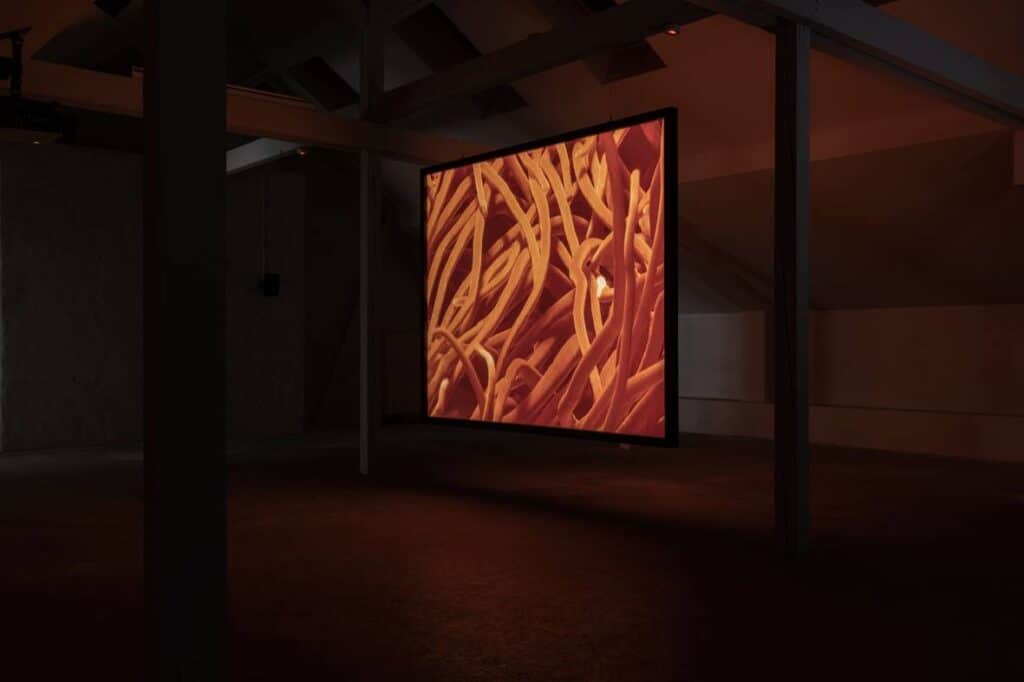
Installation view of the exhibition Are You Warm? Did You Have Trouble Getting Here? Have They Treated You Well? 2018
KW Institute for Contemporary Art
Courtesy the artist, Photo: Frank Sperling
Christian Friedrich
Toggling between modes including video, sculpture, audio, and even scent, Christian Friedrich’s (*1977 in Freiburg, Germany) work frequently employs elements of the sexually outré—e.g., bodily endurance and violence, foot fetishism—but plays them against formalism, aestheticism, and structural contradiction. In, for example, his highly rhythmic and accelerating videos that mix footage from sex dungeons with touristy imagery of New York and aquatic life (Untitled, 2010–11), delicate glass sculptures of feet scented with pungent foot odor (various titles, 2017–), and ominous audio-visual installations involving water dropping (Are You Warm? Did You Have Trouble Getting Here? Have They Treated You Well?, 2017), Friedrich leverages a mood of risk and unacceptability that is maintained by the works’ avoidance of easy resolution and embrace of sustained internal disputation. Accordingly, reminding viewers that the artworld is a latently conservative sphere that is supremely adept at normalizing and defusing, his art wanders beyond the pale while evading full interpretative capture. It’s notable that in Want (2017), a series of suspended hybrid sculptures conjoining brains and legs, everything in the middle of the body is elided. The heart, the gut, the groin: these, emphasized by their absence, are receptors that Friedrich’s kinesthetic art brings from margin to center.
Learn more about the Amtsalon Gallery Pop Up here
Learn more about galerie Ebensperger here

